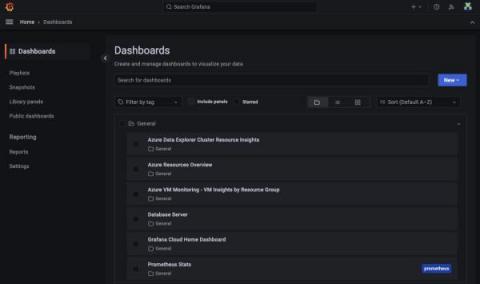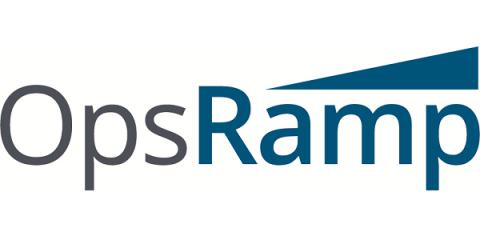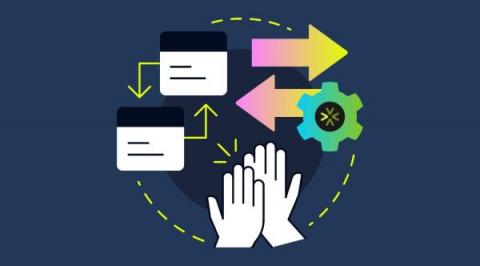Operations | Monitoring | ITSM | DevOps | Cloud
Blog
Grafana 9.3 feature: New navigation updates
As Grafana has grown from a visualization platform to an observability solution, we’ve added many tools along the way. These tools are dedicated to help you throughout the software development life cycle, whether you are trying to prevent incidents, you are monitoring your application or infrastructure, or if you are in the middle of an incident.
OpsRamp APIs - A Refreshing New Developer Experience
In the last two decades, the software industry has shifted away from on-premises applications to software-as-a-service (SaaS). SaaS now accounts for 70% of the business software market according to BetterCloud, and is worth more than $170bn annually, according to Gartner.
The What, Why and How of Auto-Remediation in Cybersecurity
When you’re facing a cyberattack, waiting even just minutes to respond could be the difference between business as usual and a calamity. It may only take that long for threat actors to exfiltrate sensitive data or disrupt critical systems. That’s one reason why automating remediation is an essential ingredient in an effective cybersecurity strategy.
Beyond event streaming: a complete open source ecosystem for Apache Kafka
Observability Data Needs Access and Control
Observability is the ability to see and understand the internal state of a system from its external outputs. Logs, Metrics, and Traces, collectively called observability data, are external outputs widely considered to be three pillars of observability.
Mobile: The Future is Declarative
The mobile development ecosystem has always been very diverse, arguably more diverse than the web development ecosystem. While it seems like every day there are more frameworks and tools for web developers, a lot of them are built on top of JavaScript and implement similar patterns to each other. The mobile ecosystem, on the other hand, has a core set of languages that make the differences between mobile tools and frameworks much easier to identify.
A better developer experience: Applying observability to 3rd-party integrations
Third-party integrations are inevitable in development. Some functionality is outsourced as there is no need to develop something in-house that’s already working, while some integrations are performed to connect with the customer’s ecosystem to help them get their job done better.
Let's talk bugs versus incidents
In this post, we’ll dig into the difference between a bug and an incident, why alignment on how they are defined matters, and how to ensure you’re still learning from the issue, even if it’s “just a bug.”
Civo Update - December 2022
Join Mark Boost, Dinesh Majrekar, and Saiyam Pathak to discuss the current state of the cloud industry and why costs are so high, how to take steps to reduce your spend, and looking at how Civo can help.











